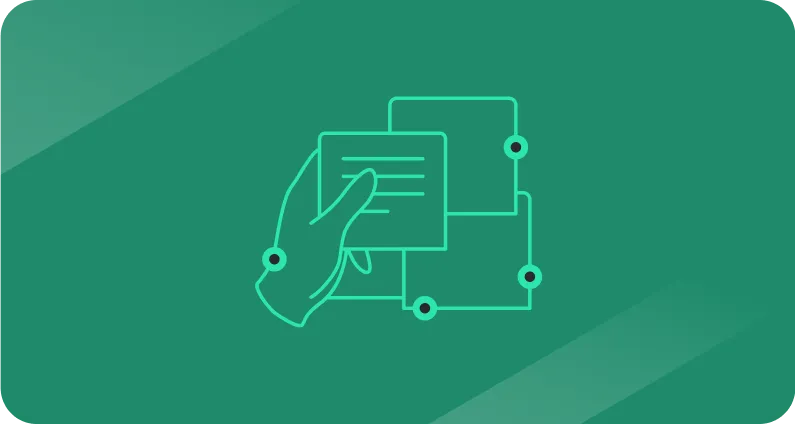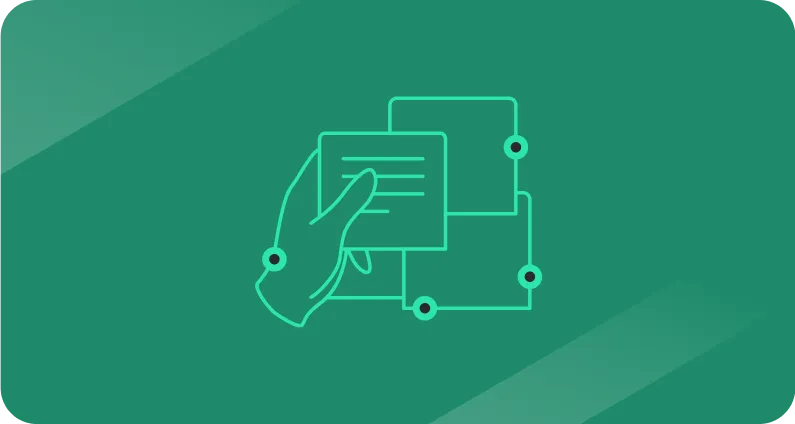The outbound sales strategy that drives pipeline [HubSpot + Salesforce]
Build an outbound sales strategy that actually lands. Learn how to use HubSpot and Salesforce together for smarter targeting, measurement, and sales–marketing alignment that drives real pipeline.

You’ve got a talented team and two of the best tools on the market, yet outbound still feels like pushing a boulder uphill.
Leads slip through cracks between HubSpot and Salesforce.
SDRs chase the wrong accounts while marketing swears their campaigns are landing.
The pipeline looks “healthy” right up until the last week of the quarter, when it collapses into a handful of rushed deals and a mad scramble to make quota.
If that’s your reality, you already know the problem isn’t just effort, it’s alignment.
Outbound sales is still one of the fastest ways to build pipeline, but only when the strategy is rooted in the buyer’s problems and your GTM team is working from the same playbook.
Let's discuss.
Start with objectives, not features
The quickest way to tank an outbound motion is to make it about you instead of your prospect. Too many teams open with a product pitch before they’ve earned the right to have one.
It’s common for sales teams to scatter like dice across a table, each betting on a hunch and running with whatever comes up.
Our advice? Stack the odds, then play.
Start with the business problems you’ve solved for your best customers, and reverse-engineer your targeting and messaging from there. If you’ve helped mid-market logistics firms cut compliance costs, or given SaaS companies a faster onboarding process, start there. Spot the patterns, then zero in on new accounts wrestling with the same issues.
Approaching a prospect in their language changes the entire dynamic. It changes from a cold pitch to a productive, empathy-centred conversation about fixing something that’s costing them.
You move from “vendor” to “trusted operator” before you’ve even booked the meeting.
Measure beyond calls and meetings
A lot of outbound reporting is scoreboard-watching: accounts added, emails sent, calls made, meetings booked. This activity is useful for pacing, but not enough to tell you if your outbound sales strategy is actually moving the needle.
The better question is: what’s the ripple effect?
- A prospect who visits your site three times in a week after a cold email.
- A download of your latest industry guide.
- A sign-up for a webinar a month after your first touch.
These are signals of movement, early indicators that your message is landing, even if it hasn’t converted into a meeting yet.
When you pull those engagement signals from HubSpot and layer them with Salesforce’s opportunity and revenue data, you get a clear read on both short-term wins and long-term influence.
Power up execution with HubSpot + Salesforce
Salesforce is your source of truth. The home of definitive account, contact, and opportunity data. But for the day-to-day of outreach HubSpot has the edge.
When integrated properly, they can accelerate everything you do in sales and marketing.
Exhibit A:
Target account lists in HubSpot sync directly to Salesforce so everyone’s working from the same priorities.
Meeting links book straight into Salesforce without double entry.
Calls made in HubSpot log instantly in both systems.
Sequences ensure every lead gets followed up with, no “fell through the cracks” excuses.
The real win is shared visibility.
Marketing can see exactly how an account responded to outbound messaging, and sales can see which content an account consumed before they took the call.
Every touchpoint becomes sharper, more relevant, and more likely to land.
Align strategy, tools, and metrics
Outbound works when three things lock in:
- A clear problem worth solving - so your outreach feels relevant from the first touch.
- A process that puts you in front of the right people at the right time - so your reps aren’t chasing ghosts.
- Tools that keep sales and marketing playing the same game - so nothing gets lost between systems.
Use HubSpot to execute your outreach and keep Salesforce as the single source of truth.
Measure both direct results (meetings, replies, deals) and influence metrics (traffic spikes, downloads, event sign-ups).
Adjust targeting, messaging, and cadence based on what the data tells you,not what you hope it says.
When we trim the fat, humane outbound is about showing up with something worth saying, at the right time. The right tools make it possible. The right integration makes it inevitable.
Go execute this checklist
- Define buyer problems first: Segment your best customers by the challenges you’ve solved, not just size or industry.
- Translate problems into messaging: Build content and talk tracks in HubSpot that speak directly to those pain points.
- Target with precision: Add net-new accounts showing similar signals to your HubSpot list and sync to Salesforce.
- Orchestrate outreach: Use HubSpot sequences for multi-channel follow-up, keeping Salesforce as your central record.
- Track influence, not just activity: Merge HubSpot engagement data with Salesforce pipeline metrics for true impact.
- Review and refine quarterly: Adjust targeting, content, and sequences based on performance data from both systems.
Ready to stop grinding and start closing?
If your outbound sales strategy feels harder than it should, it’s not your team, it’s the way your systems are talking to each other.
Our team connects HubSpot and Salesforce so your GTM motion runs as one, and every rep plays with the full field in view.
📩 Let’s chat.










